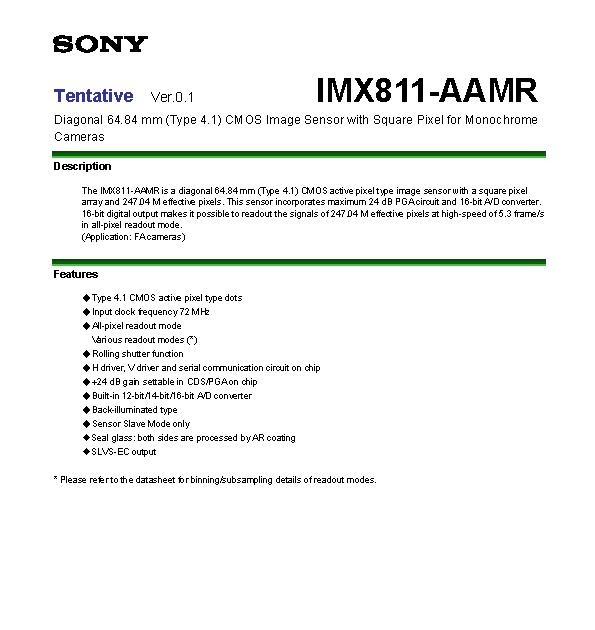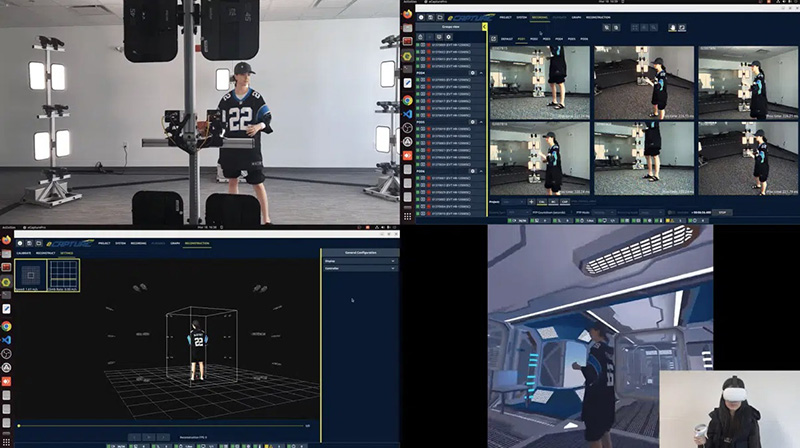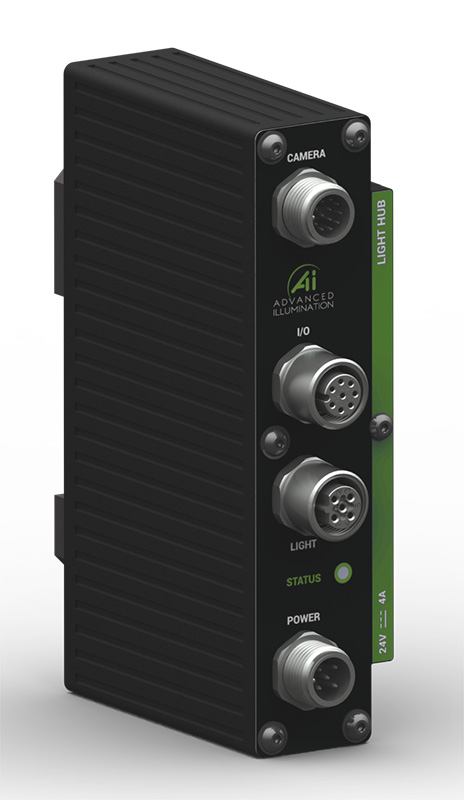Virtual GigE
GigE Vision Server and Camera Simulator
GigESim is a software package that allows end-users and developers to turn their computer or embedded system into a set of virtual GigE Vision and GenICam compliant cameras.

Image 1 | GigESim camera simulator and ActiveGigE viewer transmitting/receiving a simulated 3D point cloud pattern per GigE Vision 2.1 standard. (Image: A&B Software, DTS)
In a typical image processing system, a GigE Vision device serves as an image transmitter while a software application is used as a client that receives images and sends control commands to the transmitter. However, due to the duplex nature of the Ethernet interface, this classic relationship between vision hardware and software can be modified by utilizing a GigE Vision software simulator such as GigESim. A host PC or embedded board running a GigESim-based application appears on the network as a certified GigE Vision and GenICam compliant device.
Camera Simulator
Application developers and testers can substitute GigE Vision cameras with one or several instances of an emulator application included with the GigESim package. In addition to providing a convenient camera replacement in situations when physical cameras are not readily available, the emulator serves as a ´golden´ GigE Vision device supporting advanced aspects of the standard, such as multiple streaming channels, IEEE-1588 synchronization, 10GigE networking, line-scan and 3D image types, H.264 real-time encoding, message event, and chunk data. The emulator can also simulate rigorous network conditions by disordering and skipping video packets, thus allowing manufactures and integrators to validate the robustness and performance of their GigE Vision receivers.

Image 2 | Block diagram of a multi-channel motion analysis system utilizing virtual GigE vision cameras. (Image: A&B Software, DTS)
Camera Converter and Server
While several manufacturers offer hardware modules and cores that can convert cameras with non-Ethernet interfaces to GigE Vision, those modules carry a higher price tag, have limited flexibility, and their integration involves a substantial electronics design work. Using a software solution instead of hardware one achieves the same goal at a much lower cost and shorter development cycle. This can be done via a GigE Vision Server API included in GigESim package. It allows developers to feed images generated by their application to virtual cameras and stream them to the network in the GigE Vision format for further processing and analysis. Despite the complexity of its internal structure and code, GigESim API’s programming interface is very easy to use. No familiarity with GigE Vision or GenICam standards is required. Using a set of simple functions a programmer can define individual features exposed by a virtual camera and exercise a full remote control over each feature from an external GEV-compliant application.
Application Examples
In a typical use example, a defense company was designing a real-time aerial video analysis system in which images were coming in parallel from eight GigE Vision cameras genlocked and triggered at 60fps. The R&D stage required an extensive amount of prototyping and testing. In order to achieve this goal, multiple real-world video sequences were recorded and stored in video files, while GigESim API was used to develop an application simulating eight virtual cameras. The application was synchronously feeding images from pre-recorded video files to the virtual cameras, each one linked to a separate network adapter. The simulation box was connected with eight network cables to a receiving computer running a video analysis application. The timing and settings of virtual cameras were programmed to be identical to those of real cameras used in the actual system. This level of simulation allowed the development group to thoroughly test the system’s throughput and reliability and to develop their image analysis algorithms offline while working with real-world images. In another recent case, a German manufacturer of a scientific X-ray equipment used GigESim to turn their flagship detector into a GigE Vision compliant device. Using the Linux version of GigESim API, the company wrote a virtual camera application operating on an embedded computer that was already part of the detector’s hardware. In addition to streaming packed X-ray images to the network in the GEV format, the virtual camera provided an external control over the detector’s operation via an extensive set of GenICam features. Once the development of the application was completed, the company was able to convert hundreds of existing end-user systems to GigE Vision by a simple run of the application installer.
Summary
GigESim is a flexible software solution for camera prototyping, application testing, distributing computing, remote control, pipeline video transfer, embedded vision development, and many more. The growing popularity of the System-On-Chip (SoC) ARM-based platforms opens up a whole new area of opportunities for utilizing GigESim as a core element in designing programmable image processing devices with GigE Vision interface.












